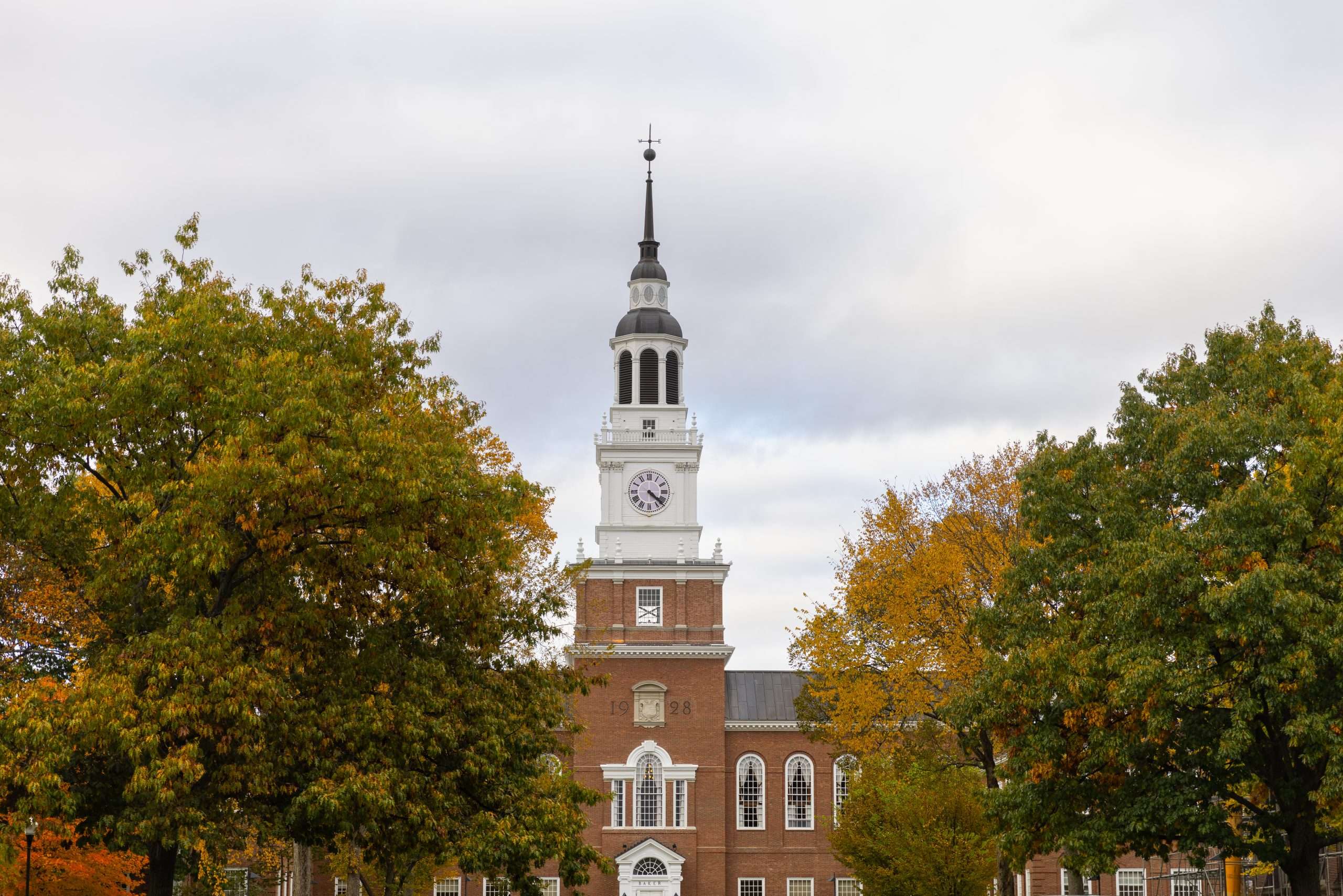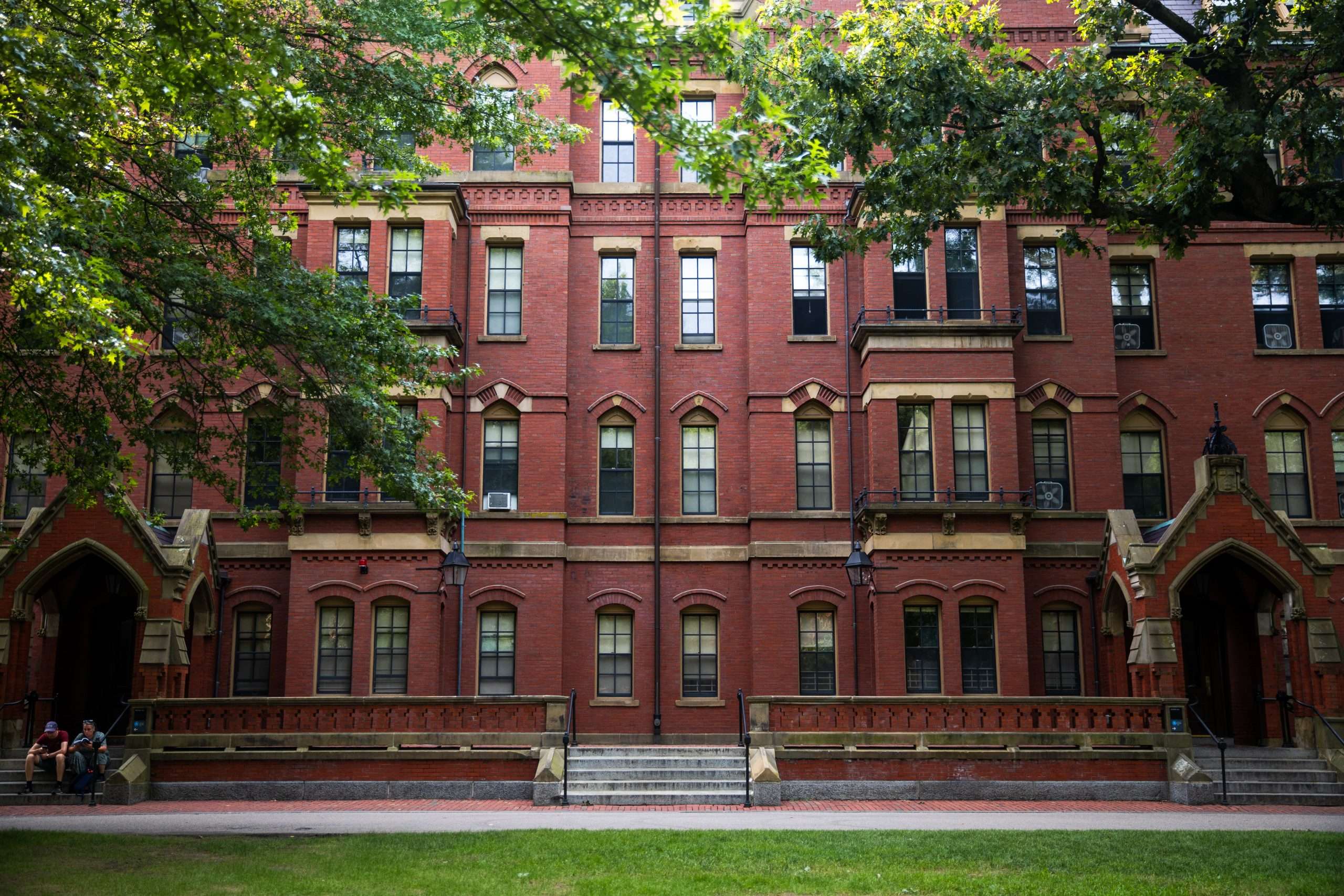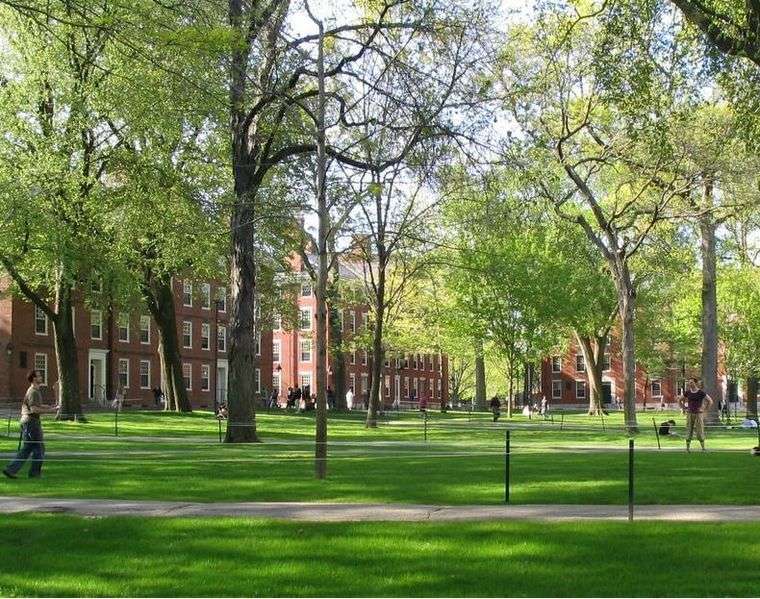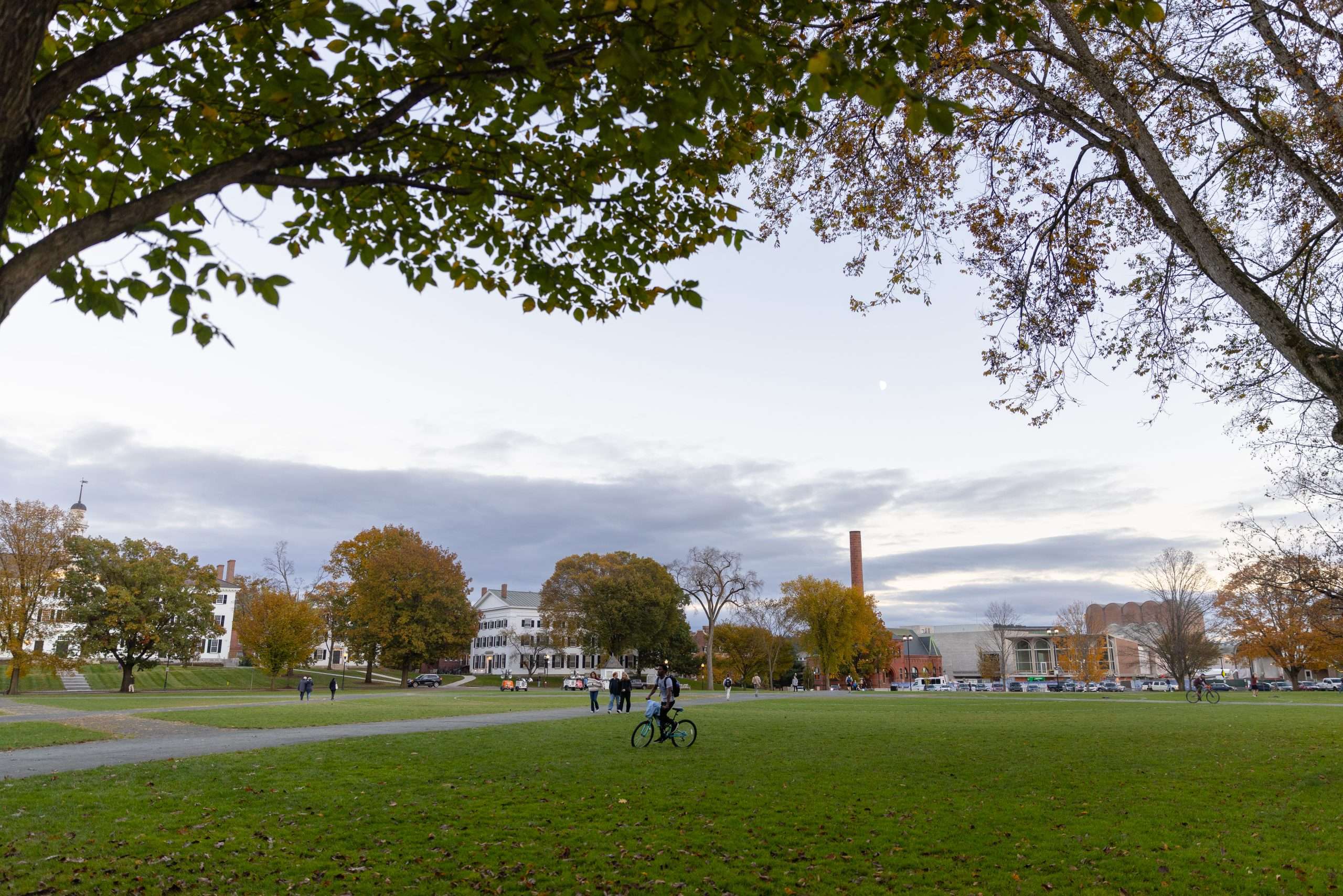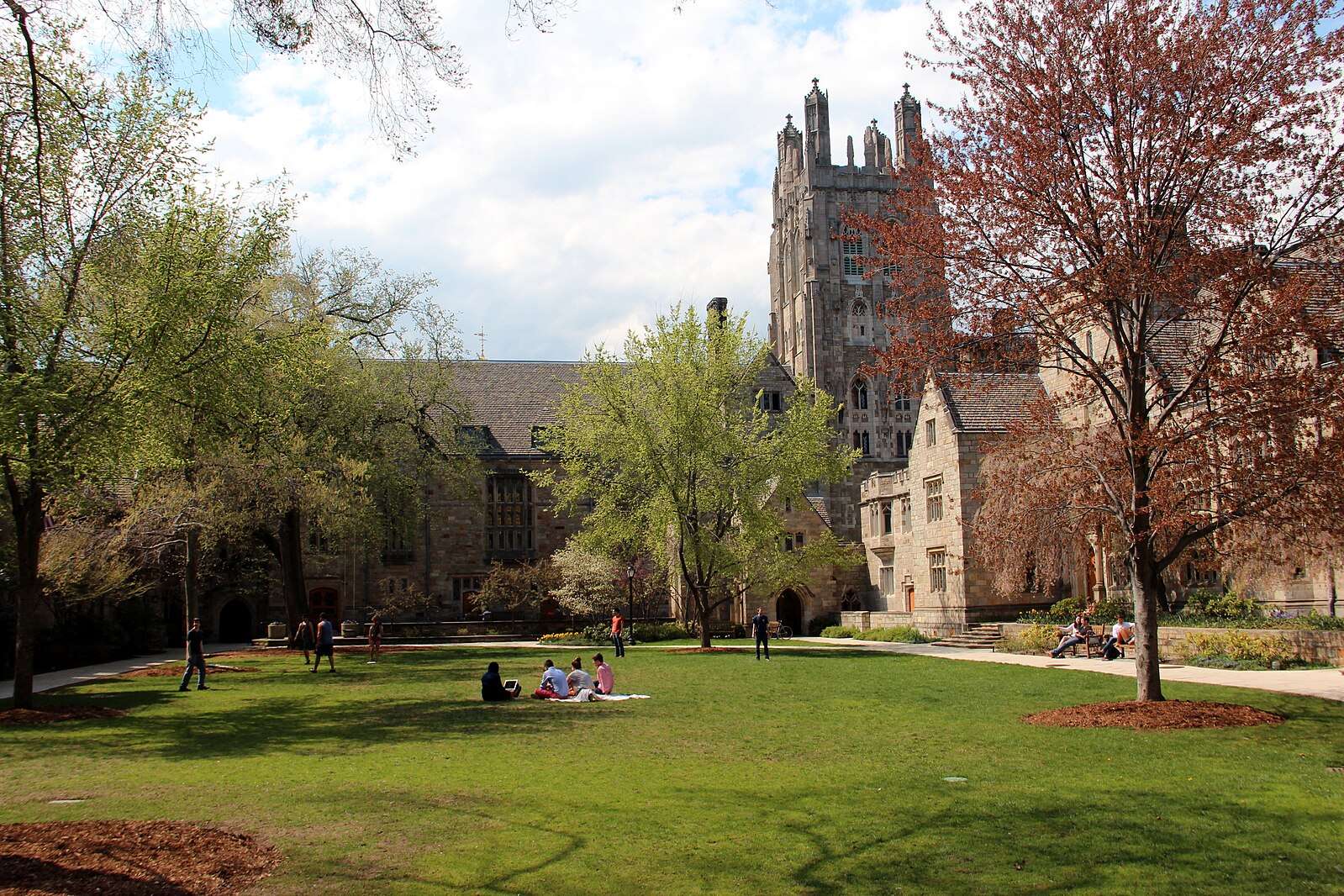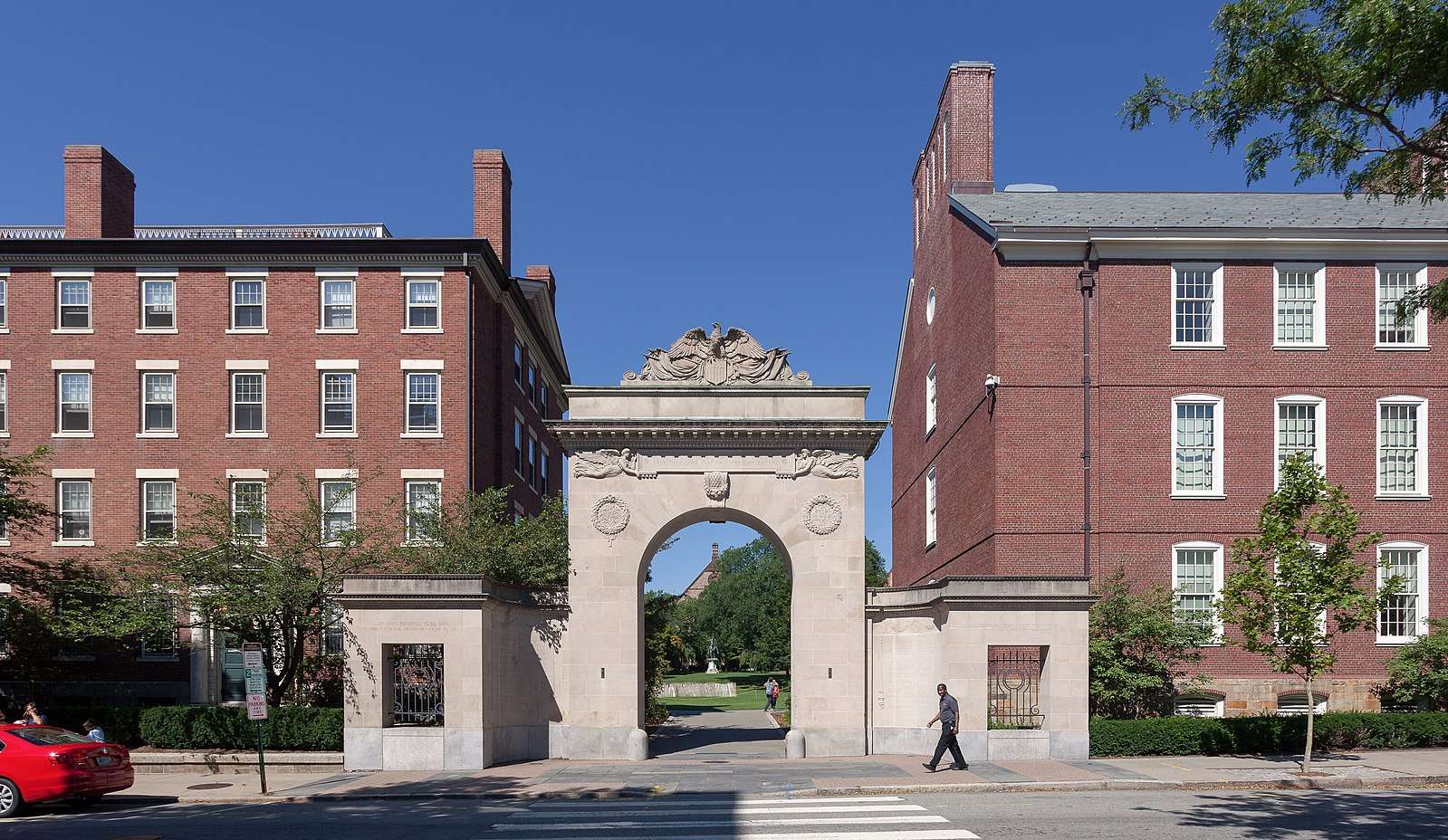The Ivy Coach Daily
Ivy League Grad Donations: Top Donors
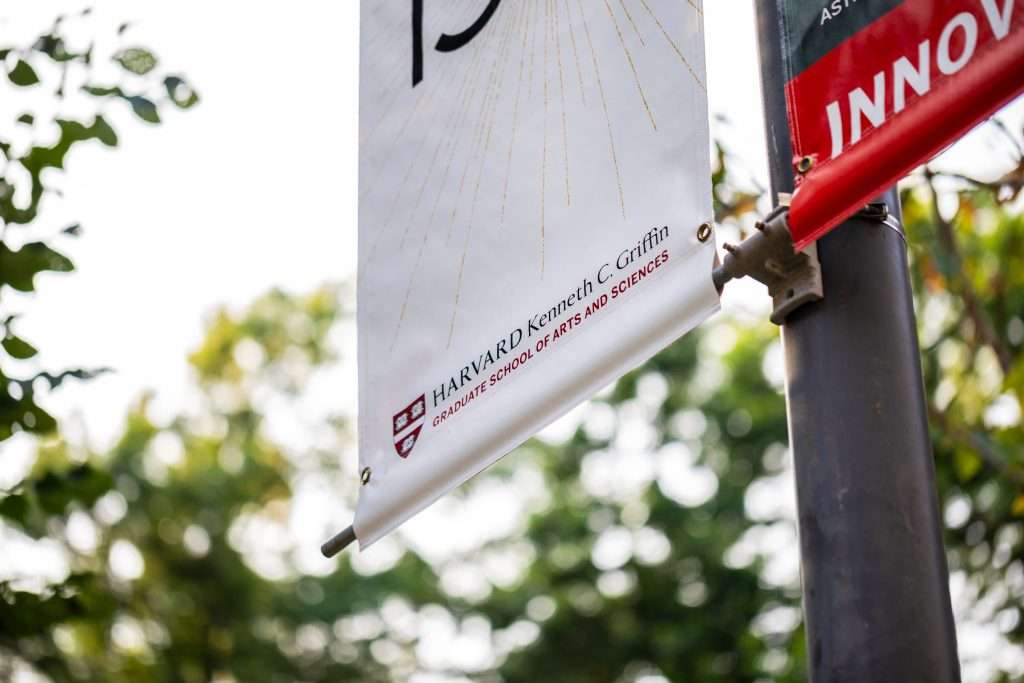
Over these last few months, we’ve seen more than ever the power of donors across the Ivy League. Historically, most big-ticket donors to Ivy League institutions have exercised their power behind the scenes, earmarking their money for professorships, programs, buildings, and stadiums. Of course, we often see their names on such professorships, programs, buildings, and stadiums, but that’s just a little reward for how old money gives back.
Big-Ticket Ivy League Donors Have Recently Been Exercising Their Power Publicly
Yet, over these last few months, many Ivy League donors have exercised their power not behind the scenes but on Twitter and in the press. Many of these donors have become — and rightly so — outspoken critics of their alma maters, shining sunlight on the despicable acts of antisemitism on Ivy League campuses and the abysmal responses of these institutions’ leadership.
At Harvard University and the University of Pennsylvania in particular, after their now ex-presidents delivered abhorrent testimony before Congress in which they failed to condemn students calling for the genocide of Jewish students on their campuses, big-ticket donors like Harvard alumnus Bill Ackman and Penn alumnus Marc Rowan effectively mounted so much public pressure on their alma maters that the schools had no choice but to part ways with their leaders (although it also took a plagiarism scandal for Harvard’s leader to lose her post).
Ivy Coach Commends These Big-Ticket Ivy League Donors for Calling for Necessary Change
We at Ivy Coach commend Bill Ackman, Marc Rowan, and all of the big-ticket donors (including Cornell University alumnus Jon Lindseth this week) who spoke truth to power and used their platforms to call for change at their alma maters, to call for the administrations of these institutions to lead with their shared humanity and not legalese. Calling for the genocide of Jews is not a comment that needs to be understood in context as the Harvard and Penn former presidents so despicably asserted.
But while the sunlight these major donors have shined on their Ivy League alma maters has served as a powerful antiseptic, it’s also raised the profile of the existence of this class of alumni whose significant donations through the years have shaped the institutions as we know them. So, who exactly are the major donors at our nation’s Ivy League schools?
How Ivy League Schools Classify Donors
Ivy League schools don’t release lists of the precise size of their individual alum donations. After all, that would be gauche. But the Ivy League schools do release their annual reports on giving in which some list the names of certain alumni in various brackets or, in some cases, certain societies. After all, donating a certain amount or giving every year since graduation at certain Ivies could lead to membership in various societies. It’s not like these societies meet regularly or, in some cases, at all, but there’s a certain prestige to being listed as a member. And, hey, since these big-ticket donors receive preferential treatment for their children in the admissions process, what other perks could they need?
In any case, drum roll, please…below is a breakdown of how each of the eight Ivy League schools classifies their donors and, in the case of Columbia University, we’ve listed recent big-ticket donors to the institution:
Brown University
Brown University classifies its donors into the following categories:
- Carrie Tower Society – for donors to the Brown Annual Fund, tiered as follows: Cum Laude Partners ($1,500 – $2,499); Magna Partners ($2,500 – $4,999); Summa Partners ($5,000 – $9,999); Deans’ Circle ($10,000 – $24,999); Provost’s Circle ($25,000 – $49,999); Chancellor’s Circle ( $50,000 – $99,999); President’s Circle ($100,000+).
- 1764 Society – for donors who give each consecutive year, with distinctions between 3-4 years, 5-9 years, 10-24 years, and 25+ years.
- Brown Family Fellows – for Brown students’ family members who give in excess of $15,000 annually.
- College Hill Society – for those who name Brown in a will or life income plan.
- Loyal Bears – for those who donate any amount to the Brown Athletics Sports Foundation for two consecutive years.
- The Inman Page Black Alumni Council – for Black alumni donors, tiered as follows: donors of $5,000 receive the George Washington Milford Pin; donors of $7,500 receive the Ethel Tremaine Robinson pin; donors of $10,000 receive the Inman Page pin.
Columbia University
Columbia University’s fundraising website classifies donors into the following categories:
- Loyal Blue Society – for donors of any amount who give to Columbia for two or more consecutive years or who set up a recurring gift.
- 1754 Society – for donors of any amount who name Columbia in a will, trust, or estate plan.
- Founders Society – for alumni business owners who donate their time to mentor current students.
“Leadership Donors” who have gifted or pledged in excess of $1 million to the Columbia Core to Commencement Campaign are listed on the campaign’s website as follows:
- William C. Albert CC’65
- Amgen Foundation
- Sally and Donald Anderson
- Andrew W. Mellon Foundation
- Victor H. Auerbach CC’51 ^
- Jennifer and Michael I. Barry CC’89, P: CC’21
- Kyra T. Barry CC’87, P: CC’17 and David B. Barry CC’87, P: CC’17
- Avery and Andrew F. Barth CC’83, BUS’85, P: CC’16
- Leila Bassi BC’00, BUS’00, BC’94 and Luca Bassi BUS’00
- Christine T. and James H. Berick CC’55, P: CC’84, CC’92, SOA’85, LAW’97
- Philip R. Berlinski and Britta W. Jacobson CC’96
- Steffi M. and Robert Berne CC’60, BUS’62
- Harold P. Block CC’62, BUS’66 ^
- David Boies
- Jonathan D. Bram CC’87, P: CC’14, CC’17 and Susan S. Bram TC’87, P: CC’14, CC’17
- Pete L. and Devon F. Briger BUS’99
- Dorothea J. and Sheldon A. Buckler GSAS’52, GSAS’54
- William V. Campbell CC’62, TC’64 ^, P: CC’04, CC’13, SIPA’08
- Lisa L. Carnoy CC’89 and David A. Carnoy SOA’92
- Arnold L. Chavkin CC’74, BUS’77
- Xiaoli Chen and Hongbin Peng P: CC’20
- Lynn L. Chen-Zhang and Charles C. Zhang P: CC’17, CC’20
- Monique L. Cusson and Constantine M. Dakolias SEAS’89, P: CC’23
- Robert S. Denning CC’06
- John C. Doody CC’66
- Marcia Dunn and Jonathan S. Sobel CC’88
- Abigail B. Elbaum CC’92, BUS’94 and Richard K. Elbaum LAW’93
- Joseph H. Ellis CC’64 and Barbara I. Ellis BC’64, GSAS’65
- Louisa and Hua Feng P: CC’24
- Bertram Fields and Barbara Guggenheim GSAS’69, GSAS’76
- Ford Foundation
- Alice and Lawrence N. Friedland CC’47, LAW’49
- Robert L. Friedman CC’64 and Barbara L. Friedman BC’64
- Marilyn Goodman GS’69 ^
- Donald P. Greet CC’53 ^
- Sharon and Peter A. Grossman CC’79, P: CC’05, CC’08, GSAS’07, GSAS’11
- Arthur A. Guffanti CC’67, GSAS’74, GSAS’75
- David R. Halperin CC’65
- Kenneth Hao
- Lucy Haverland and Craig P. Joffe CC’94
- Sandra H.K. Hoffen CC’87 and Howard I. Hoffen SEAS’85
- Felicia A. and Benjamin A. Horowitz CC’88, P: CC’11, CC’16
- Agnes Hsu-Tang and Oscar L. Tang
- Hua Huang and He Lin P: CC’17, LAW’20
- Shu-Chen Huang and Stanley S. Ko BUS’99, P: CC’23
- George Jiang and Hua Tang P: CC’19, SEAS’23
- John R. Eckel, Jr. Foundation
- Anla C. and Mark E. Kingdon CC’71, P: CC’09, CC’16
- Irvine A.S. Laidlaw BUS’65
- Jeannie B. and Jonathan S. Lavine CC’88, P: CC’16, CC’18
- Grace and Nicholas P. Leone CC’88, P: CC’19, CC’22, CC’24
- Ge Li GSAS’90, GSAS’93, GSAS’94 and Ning Zhao GSAS’92, GSAS’95, GSAS’95
- Zheng Lian and Xin Nie P: CC’24
- Zhitang L. Liang and Lei Lu P: CC’20
- Xiaosong Liu P: CC’19
- George W. Mapp CC’66
- Donald L. Margolis CC’63, BUS’65
- Victoria F. and James C. Maroulis CC’88, P: CC’21
- Mary Livingston Griggs and Mary Griggs Burke Foundation
- Kathleen McCarragher and Paul A. Brooke CC’67, GSAS’72
- Arlene H. and Laurans A. Mendelson CC’60, BUS’61, P: CC’87, CC’89, BUS’89
- Kimberly and Eric A. Mendelson CC’87, BUS’89, P: CC’17, CC’19, BUS’19
- Lisa M. and Victor H. Mendelson CC’89, P: CC’18, CC’20, CC’23
- Philip L. Milstein CC’71, P: CC’09, CC’10, BUS’92, BC’14, BUS’17, BUS’21 and Cheryl G. Milstein BC’82, P: CC’09, CC’10, BUS’92, BC’14, BUS’17, BUS’21
- The Morris and Alma Schapiro Fund
- Alexander Navab CC’87 ^
- Gregory J. Palermo CC’72
- Ronnie D. Planalp BUS’86
- Abigail P. Pucker CC’14
- Michael A. Pucker CC’83, LAW’88, P: CC’14
- The Renate, Hans and Maria Hofmann Trust
- The Robert David Lion Gardiner Foundation, Inc.
- Ellen Rosand W: CC’59, GSAS’65, P: CC’88, LAW’94, PS’94, LAW’95
- Guler Sabanci
- John N. Schmitt CC’32 ^
- Sherman Fairchild Foundation, Inc.
- Adam Xiangdong Tan and Christina Tao Zou P: CC’20, CC’24
- Stephen S. Trevor CC’86
- Jue Wang and Chengjian Zhou P: CC’19, SEAS’21
- Walter and Shirley F. Wang BUS’93, P: CC’21, CC’22
- Vivian Wei and Yong An Xu P: CC’17
- Richard E. Witten CC’75, P: CC’10, BUS’15, LAW’15 and Elizabeth Witten TC’97, P: CC’10, BUS’15, LAW’15
- George D. Yancopoulos CC’80, GSAS’85, GSAS’86, PS’87, P: CC’16, LAW’22
- Roger E. Yanow CC’52 ^
- Julie and Alexander Zaks P: CC’17, CC’19, LAW’22
- Anonymous (18)
*These lists reflect donors who have made gifts or pledges to the Core to Commencement campaign of $1,000,000 or more from January 1, 2014 through March 10, 2021.
^ Deceased
P: Parent
W: Widow
Cornell University
Cornell University classifies donors into the following categories:
- 1865 Society – for donors who give any amount for two or more consecutive years.
- The Tower Club – for donors who give at least $10,000, tiered as follows: Deans’ Circle ($10,000–$24,999); President’s Circle ($25,000–$49,999); Founders’ Circle ($50,000–$99,999); Ezra Cornell Circle ($100,000 and higher).
- Cornell Family Fellows – for current students’ parents and families who donate at least $15,000.
- Cornell Giving Partners – for donors who give between $1,000 and $9,999.
- Cayuga Society – for donors who establish a planned gift or name Cornell in their will.
Dartmouth College
The Dartmouth College Fund terms their donor recognition system “Honor Roll.” The Honor Roll website provides a comprehensive list of all Dartmouth donors. Honor Roll classifies donors into the following categories:
- Harold C. Ripley ’29 Society – donors who “made a DCF gift every year since graduation.”
- Rotman Society/Dartmouth Loyal – donors who “made a DCF gift for three or more consecutive years and/or is a DCF sustaining donor.”
- 1769 Society — donors who “invest in the DCF at a leadership level” ($2,500 or greater annual donation).
- Bartlett Tower Society – donors who “provided for Dartmouth in his or her estate plans.”
Harvard University
The Harvard College Fund classifies donors into the following categories:
- 1636 Loyalty Society – for donors who give to the Harvard College Fund every year.
- Associates Giving – for donors who give at least $1,000 dollars, tiered as follows: Associates ($1,000); Charter Associates ($2,500); Crimson Associates ($5,000); Leadership Associates ($10,000); President’s Associates ($25,000 or more).
- Harvard Yard Society – for donors who give “flexible, immediate-use funding” of at least $50,000, tiered as follows: Harvard Yard Society Members (annual gift of $50,000); Harvard Yard Society Partners ($250,000 gift or pledge); Harvard Yard Society Fellows ($500,000 gift or pledge); Dean’s Fellows ($1 million gift or pledge).
- John Harvard Society – “recognizes those individuals who have made a life income gift or bequest provision for Harvard College, the Harvard Kenneth C. Griffin Graduate School of Arts and Sciences (GSAS), or the Harvard John A. Paulson School of Engineering and Applied Sciences.”
Princeton University
Princeton University does not share its donor classification system publicly. The Princeton University alumni website simply distinguishes between annual gifts, planned gifts, capital gifts, corporate and foundation gifts, and “Friends Groups” gifts to support specific campus organizations such as a particular sports team or museum. Donors who name Princeton in their will, IRA, insurance policy, bank account, or those who create a charitable trust or charitable gift annuity join the 1746 Society, which is composed of over 2,600 living members.
University of Pennsylvania
The Penn Fund classifies donors into two “Giving Societies:”
- Benjamin Franklin Society (3,454 current members) – for donors who give at least $2,500 annually, tiered as follows: Associate ($2,500-$4,999); Fellow ($5,000-$9,999); Founder ($10,000-$24,999); Ambassador ($25,000+).
- Ivy Stone Society (14,876 current members) – for undergraduate alumni who have donated any amount for three consecutive years, tiered as follows: Bronze Member (3-9 years of consecutive giving); Silver Member (10-14 years of consecutive giving); Gold Member (15-24 years of consecutive giving); Platinum Member (25+ years of cumulative giving and at least three years of consecutive giving); Diamond Member (25+ years of consecutive giving).
Yale University
For Humanity (a bit much, don’t you think?), Yale’s Fundraising Campaign, classifies donors into the following categories:
- The Nathan Hale Associates Program – for donors who give at least $1,000 annually, tiered as follows: Woolsey Associates ($1,000–$4,999); Harkness Associates ($5,000–$9,999); Sterling Associates ($10,000–$14,999); Hillhouse Associates ($15,000–$24,999); Woodbridge Associates ($25,000–$49,999); Elihu Yale Associates ($50,000–$99,999); Fourth Century Associates ($100,000 and above). Donors in the Woodbridge Associates tier and higher are considered members of the “Nathan Hale Leaders Circle.”
- Sterling Fellows – for donors of capital gifts of at least $5 million, tiered as follows: The Lanman Circle (between $5,000,000 and $9,999,999); The Sheffield Circle (between $10,000,000 and $24,999,999); The Whitney Circle (between $25,000,000 and $49,999,999); The Harkness Circle (between $50,000,000 and $74,999,999); The Battell Circle (between $75,000,000 and $99,999,999); The Mellon Circle (for gifts in excess of $100,000,000).
A Final Word on Big-Ticket Donors to the Ivies
The pressure that Harvard alumnus Bill Ackman exerted on his alma mater over these last few months led to the resignation of the Ivy League school’s president. And we commend Bill Ackman for leading this charge for needed change.
But Harvard’s Board — a Board that we’d argue should also resign in shame for their complicity in the events surrounding the plagiarism scandal of its former leader, its silence in the face of rampant antisemitism on the school’s campus, and its inept presidential search that led to the hiring of the president in the first place — found itself in an unenviable position. They didn’t want to make it seem like they were kowtowing to a big-ticket donor, that the university could so publicly be influenced by its benefactors. Yet they had little choice because of the board’s combination of moral bankruptcy and ineptitude.
Moving forward, it will be interesting to see if big-ticket donors find renewed courage to stand up to their alma maters when they see opportunities for significant improvement. And it will be interesting to see how the Ivy League schools respond to such calls for change. Stay tuned!
You are permitted to use www.ivycoach.com (including the content of the Blog) for your personal, non-commercial use only. You must not copy, download, print, or otherwise distribute the content on our site without the prior written consent of Ivy Coach, Inc.
TOWARD THE CONQUEST OF ADMISSION
If you’re interested in Ivy Coach’s college counseling, fill out our complimentary consultation form and we’ll be in touch.
Get Started